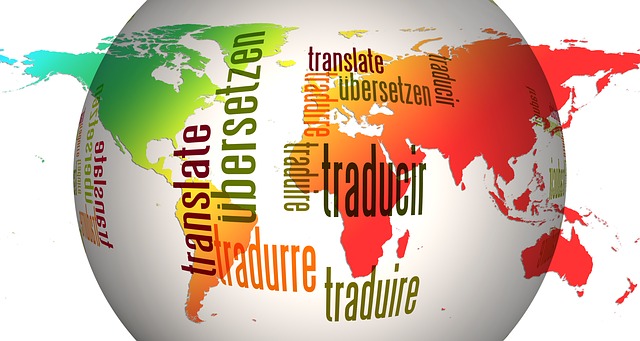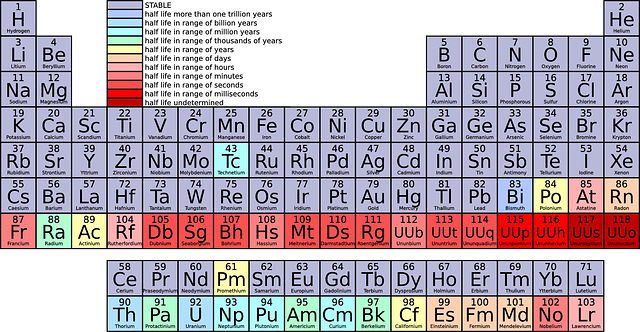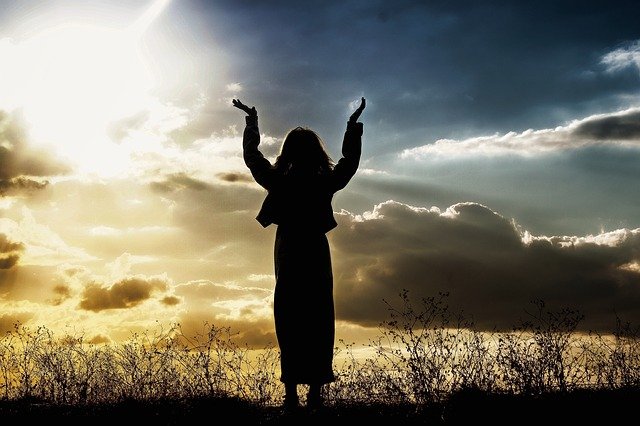 It’s something we all experience. It is also the one aspect of our lives over which we have absolutely no control. In the best moments of our lives, we wish time could stand still. In our worst moments, we might wish time could speed up and get us quickly past our pain.
It’s something we all experience. It is also the one aspect of our lives over which we have absolutely no control. In the best moments of our lives, we wish time could stand still. In our worst moments, we might wish time could speed up and get us quickly past our pain.
It is also one of the pivotal anchors of the unbeliever. Those who choose hard-core science as proof that the Bible is in error, will quickly point out that the Genesis story of creation is clearly in conflict with the history of our world as recorded in the fossil and geological record that mankind has unearthed. What’s missing is the reality that we have little understanding of the element of time. Time is, after all, merely the label we give to the sequence of events, right down to microscopic changes in physical objects or chemical processes.
If we truly fail to comprehend the nature of time in today’s world, it is quite likely that the author of the book of Genesis would have even more difficulty describing a sequence of events on a cosmic scale. Today, we would define a “day” as a full rotation of the earth, and the Biblical account uses the same standard, But perhaps there is a disconnect between the message that was recorded in the Bible and the actual events. Perhaps the writer lacked the vocabulary to describe something that he had not personally witnessed.
Perhaps God’s “day” is something outside our understanding.
When we try to reconcile the evidence of science with the Bible’s description of events, we can reach no other conclusion. The evolution of our planet requires vast periods of time to accomplish the end results. Basic components like coal and oil which have contributed so much to our development and survival require millions of years to reach the stage we recognize and utilize. Likewise, fossilized remains of long-dead creatures that once roamed the earth require a similar time period to convert to the stone-like form that fill our museums.
Once again, we arrogantly put restrictions on what tools and techniques might be employed by an all-powerful, all-knowing Creator. By applying our own labels and our own understanding of physics, chemistry and other sciences to that Creator, we lose sight of possibilities and probabilities beyond our comprehension.
Once we shed the scales of ignorance from our eyes, we might see that time, that incomprehensible fact of life that touches us all, is one of the most powerful ingredients in God’s cookbook, and the mix of our existence.









